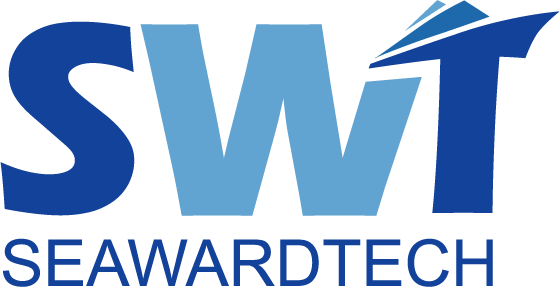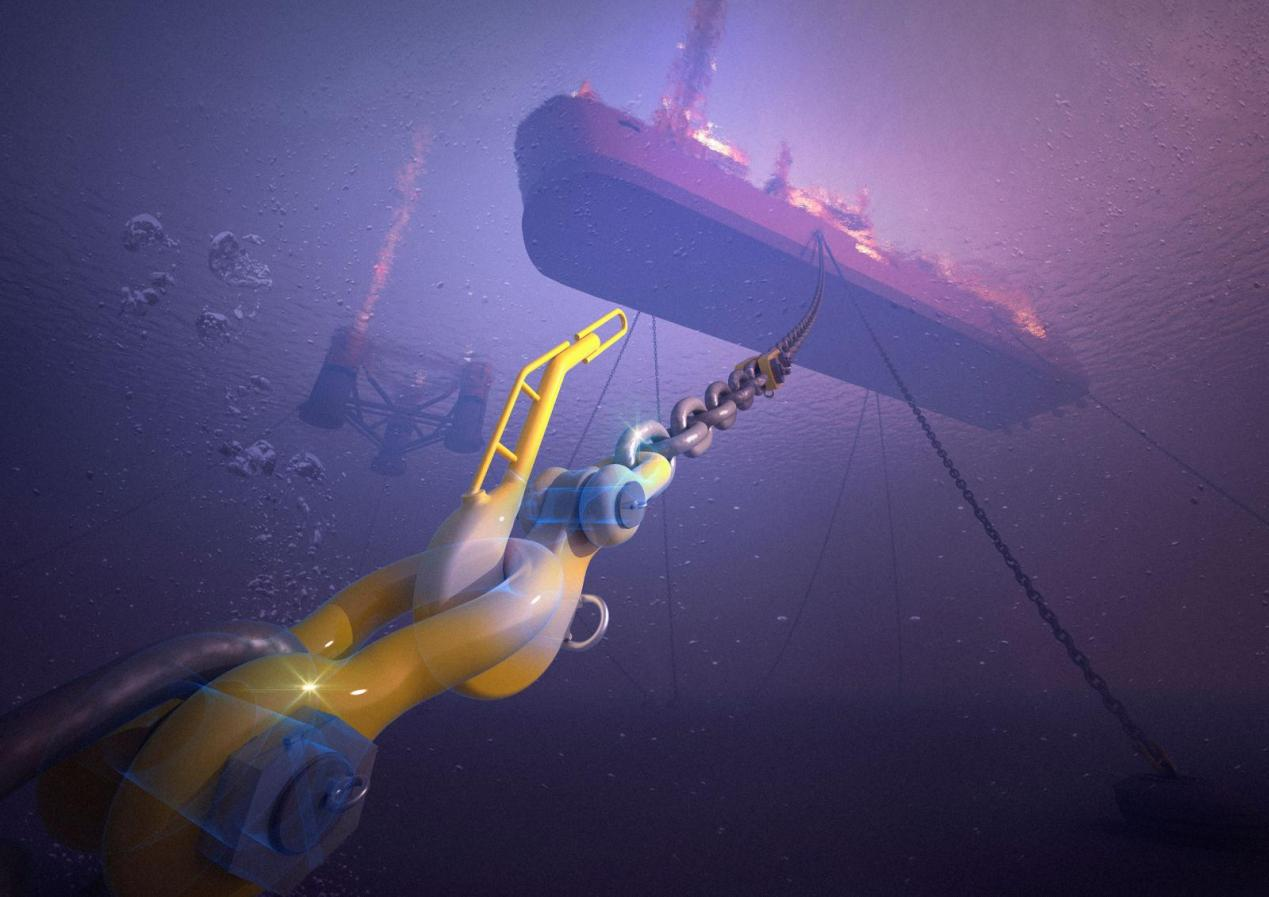The threat of marine degradation increments through the release of industrial effluent systems such as nuclear wastes and chemical wastes. The ion-selective sensors play a significant role in detecting, as well as monitoring, hazardous ions in order to maintain environmental safety and compliance to regulations.
Monitoring Nuclear Discharge in Marine Environments
Treated wastewaters with traces of radioactive elements are discharged into receptors by the nuclear power plants and research centers. Ion-selective sensors include cesium (Cs + ), strontium (Sr 2+ ) and other radionuclide sensors that give real-time detection of the contaminants. These sensors are used to keep the ion concentrations under observation at all times thereby limiting the destruction caused to the ecology and compliance of the discharge to the safety levels.
Detecting Heavy Metals and Chemical Pollutants
Usually, industrial wastes consist of toxic heavy metals such as lead (Pb 2 ), mercury (Hg 2 ), and cadmium (Cd 2 ) and these end up in sea ecosystems. It is through ion-selective sensors that these ions can be measured easily thus detecting pollution and its remedy early. This will be important in safeguarding life in the ocean and the quality of such water.
Supporting Environmental Compliance and Research
Marine pollution needs to be monitored strictly by regulators. Ion selective sensors have reliable information when reporting compliance and scientific research. The fact that they are so sensitive and selective enables them to be used in long-term analysis of the environment and this means that the researchers are able to establish the trend of pollution and the effects it has on marine life.
Robust and Accurate Monitoring Solutions
Ion-selective sensors that are highly developed are made to survive in harsh marine environments and these tend to be stable, maintenance-free, and free of biofouling. They are characterized by automatized calibration and remote data transmission, which makes them able to control the nuclear reactor in hazardous conditions with none of the robustness taken away.
Implanting the ion-selective sensors into the marine monitoring schemes would enable the industries, and the researchers to follow the dangerous discharges and avoid environmental hazards and practices alternatives sustainability.

